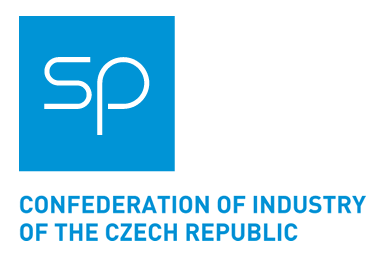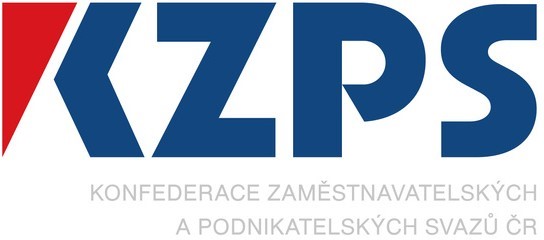Czech Business Today
Carbon Border Adjustment Mechanism must work for EU businesses
The Green Deal for Europe is one of the key EU flagship initiatives that aims to make the European economy carbon neutral by 2050. The implementation of various legislative proposals under the Green Deal is significantly changing the business environment in the EU, and also increases the risk of production being transferred to countries outside the EU that do not impose as strict rules regarding the emissions reductions (so-called carbon leakage). Another risk is that companies could decide that the EU isn’t a favourable place to invest and decide rather to focus on countries outside the EU (so-called investment leakage).
The EU is constantly seeking ways to promote ambitions in the fight against climate change outside its borders also and, therefore, decided to prepare the Carbon Border Adjustment Mechanism (CBAM) that should react to the risks of carbon and investment leakage. The introduction of such a mechanism will be very challenging.
For the CBAM work properly for European companies, it needs to respect several principles. First of all, the mechanism risks to unlevel the level playing field vis-à-vis international competitors of EU companies. While the CBAM would apply to companies that want to sell their products on the EU market, it decreases competitiveness of EU companies outside the EU, where they would compete with companies that produce in markets without carbon pricing. Therefore, it is of utmost importance to maintain existing mechanisms like the free allowances under the ETS to maintain European companies’ competitiveness, specifically on third markets.
Furthermore, the CBAM needs to be WTO compatible, otherwise EU companies risk retaliation measures that would be harmful to them. Overall, the priority should be to create a well-functioning international carbon markets, as mentioned in the Paris Agreement. Such a measure would ensure a level playing field for companies worldwide without the need to create the CBAM in the EU at all.





